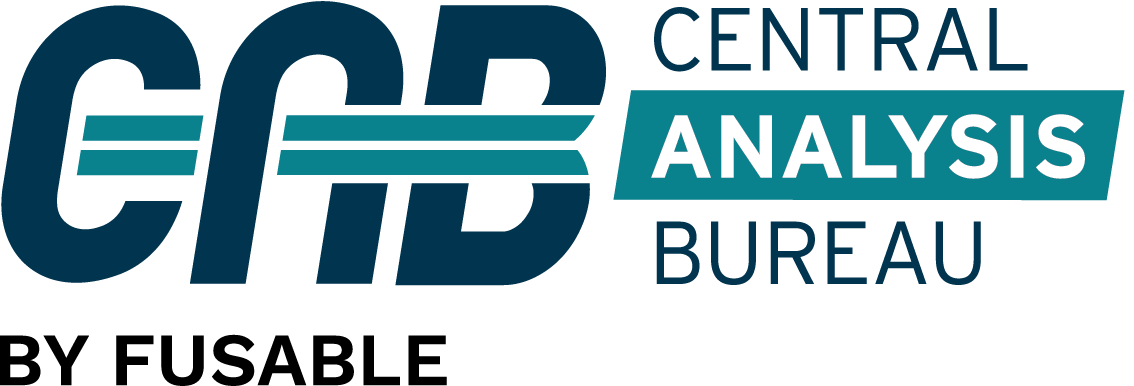Court of Appeals of New York.
Cynthia A. REKEMEYER, Appellant,
v.
STATE FARM MUTUAL AUTOMOBILE INSURANCE COMPANY, Respondent.
April 5, 2005.
G.B. SMITH, J.
This is a declaratory judgment action in which plaintiff seeks a declaration that she is entitled to payment under the Supplemental Uninsured/Underinsured Motorists (SUM) provision of her insurance contract. The insurance carrier disclaimed on the ground that written notice of the SUM claim was not given as soon as practicable and that a copy of the summons and complaint in plaintiff’s legal action were not immediately given to it. On the facts of this case, we hold that the carrier must show prejudice before it may disclaim coverage due to plaintiff’s late notice of SUM claim.
On May 8, 1998, plaintiff, Cynthia Rekemeyer, was rear-ended while driving her car. Shortly after the accident occurred, Rekemeyer notified State Farm of the occurrence and and made a claim for no fault benefits. At the time of the accident, plaintiff had been unable to work for eighteen years due to an existing back problem. Throughout 1998, plaintiff received medical care from a number of doctors for accident related injuries. In December 1998 and again in February 2000, at the request of State Farm, plaintiff was evaluated by a doctor of State Farm’s choice concerning accident related injuries.
On April 27, 1999, plaintiff filed suit against the driver of the other car, Sherwood Bouyea. By letter dated July 21, 1999, plaintiff notified State Farm of the lawsuit. In a bill of particulars dated July 1999, plaintiff alleged that she had suffered “severe and permanent injuries to her left arm and cervical spine.” In September 1999, plaintiff learned that Bouyea’s maximum liability coverage was $50,000. Plaintiff’s demand was for $1 million.
In October 1999, plaintiff underwent surgery on her back for injuries she alleges she sustained as a result of the car accident. On March 12, 2000, Bouyea’s attorney offered $45,000 to settle the claim. On March 31, 2000, plaintiff notified State Farm that she would pursue Supplementary Uninsured/Underinsured Motorist (SUM) coverage under her own policy. On April 10, 2000, Bouyea’s attorney made a settlement offer of $50,000. On April 25, 2000, State Farm disclaimed coverage based upon plaintiff’s failure to notify it of the SUM claim as soon as practicable and because of failure to notify it immediately of the lawsuit.
In October 2000, plaintiff brought this declaratory judgment action against State Farm. State Farm answered the complaint. It then filed a motion for summary judgment dismissing the complaint for failure to comply with the insurance contract provision requiring notice of the SUM claim as soon as practicable. On June 19, 2003, Supreme Court denied defendant’s motion to dismiss, and, citing Metropolitan Prop. & Cas. Ins. Co. v. Mancuso (93 N.Y.2d 487 [1999] ), granted plaintiff’s motion for a declaratory judgment for SUM coverage. Supreme Court stated:
On the facts of this case, it cannot be concluded that plaintiff did not give notice of her SUM claim as soon as practicable as a matter of law. The slowly evolving nature of plaintiff’s injuries, her pre-existing injury and daily pain, intervening surgeries and the bona fide questions as to severity and causation of the new injury, along with the tortfeasor’s defenses on the issue of liability can reasonably be said to have prevented knowledge that the tortfeasor was underinsured until at or about such time as a settlement offer near or at the limit of his policy was tendered. It was at that point that plaintiff promptly notified defendant of her SUM claim. Thus, defendant’s motion must be denied and plaintiff’s cross motion will be granted.
On May 20, 2004, Appellate Division reversed and determined:
“… plaintiff knew or reasonably should have known that Bouyea’s insurance was insufficient to provide full compensation for her injuries and yet she inexplicably waited six months before providing notice to defendant of her intent to make a claim for supplemental coverage. We find such notice to have been untimely and thus, Supreme Court erred in granting her cross-motion for summary judgment.”
On September 21, 2004, this Court granted plaintiff leave to appeal.
Initially, plaintiff argues that she submitted her notice of SUM claim to State Farm as soon as practicable and did not breach the insurance contract. We have held that in the SUM context, the phrase “as soon as practicable” means that “the insured must give notice with reasonable promptness after the insured knew or should reasonably have known that the tortfeasor was underinsured” (Metropolitan Prop. & Cas. Ins. Co. v. Mancuso, 93 N.Y.2d at 495). The requirement that the insured give notice be given as soon as practicable “contemplates elasticity and a case-by-case inquiry as to whether the timeliness of the notice was reasonable, taking all of the circumstances into account” (see id., at 494; see also Mighty Midgets v. Centennial Ins. Co., 47 N.Y.2d 12, 19 [1979] ).
We agree with the Appellate Division that plaintiff did not submit her notice of SUM claim as soon as practicable. Although plaintiff had disabling injuries prior to the accident that may have interfered with her assessment of the extent of new injuries, she stated in her bill of particulars in the underlying personal injury action–drafted eight months before plaintiff notified defendant of her claim for SUM coverage–that she had suffered serious and permanent injuries as a result of the accident. The record thus belies any claim that she was unaware that her injuries were serious. Moreover, Bouyea informed plaintiff in September 1999 that he was insured for only $50,000. Accordingly, the Appellate Division appropriately concluded that plaintiff’s notice of her SUM claim in March 2000–approximately six months later–was untimely.
Plaintiff also urges this Court to relax its application of the “no-prejudice” rule in SUM cases where the carrier has been timely put on notice of the accident. This argument is persuasive. The rule in New York has been for years that an insured’s failure to provide timely notice of an accident relieves the carrier of its obligation to perform regardless of whether it can demonstrate prejudice (see Security Mut. Ins. Co. v. Acker-Fitzsimons Corp. et al., 31 N.Y.2d 436, 442-43 [1972] ). This rule is known as the “no prejudice” rule. Although this rule has sometimes been characterized as the “traditional rule”, it is actually a limited exception to two established contract principles “(1) that ordinarily one seeking to escape the obligation to perform under a contract must demonstrate a material breach or prejudice; and (2) that a contractual duty [requiring strict compliance] ordinarily will not be construed as a condition precedent absent clear language showing that the parties intended to make it a condition” (Unigard Security Ins. Co. v. North River Ins. Co., 79 N.Y.2d 576, 581 [1992] [citations omitted] ). The idea behind strict compliance with the notice provision in an insurance contract was to protect the carrier against fraud or collusion (see id.)
More recently in Matter of Brandon, this court held that a SUM carrier that received timely notice of a claim must show prejudice before disclaiming SUM benefits based on late notice of a legal action (see 97 N.Y.2d 491, 494-95, 498 [2002] ). In the SUM context, the Brandon court was unwilling to extend the no prejudice exception in regard to late notice of a legal suit because “unlike most notices of claim–which must be submitted promptly after the accident, while an insurer’s investigation has the greatest potential to curb fraud–notices of legal action become due at a moment that cannot be fixed relative to any other key event, such as the injury, the discovery of the tortfeasor’s insurance limits or the resolution of the underlying tort claim.” There are important public policy issues that continue to arise both in federal and state courts which warrant a review of the no prejudice exception, particularly when the insured has given timely notice of occurrence or claim (see Varrichio and Assocs. v. Chicago Ins. Co., 312 F.3d 544, 548-50 [2003] [certified question to New York Court of Appeals of whether timely notice of occurrence required the insurer to show prejudice before disclaiming for late notice of lawsuit; question withdrawn because parties settled] ). This case presents us with an opportunity to reexamine the applicability of the no-prejudice rule in the SUM context.
The facts of the current case, while different from Brandon, also warrant a showing of prejudice by the carrier. Here, plaintiff gave timely notice of the accident and made a claim for no-fault benefits soon thereafter. That notice was sufficient to promote the valid policy objective of curbing fraud or collusion. Moreover, the record indicates that State Farm undertook an investigation of the accident. It also required plaintiff to undergo medical exams in December 1998 and February 2000. Under these circumstances, application of a rule that contravenes general contract principles is not justified. Absent a showing of prejudice, State Farm should not be entitled to a windfall (Brandon, 97 N.Y.2d at 496 n 3, citing Clementi v. Nationwide Mut. Ins. Co., 16 P3d 223, 230 [Colo 2001] ). Additionally, State Farm should bear the burden of establishing prejudice “because it has the relevant information about its own claims-handling procedures and because the alternative approach would saddle the policyholder with the task of proving a negative” (id. at 498; see also Unigard, 79 N.Y.2d at 584 [placing the burden of showing prejudice on the reinsurer] ). Thus, we hold that where an insured previously gives timely notice of the accident, the carrier must establish that it is prejudiced by a late notice of SUM claim before it may properly disclaim coverage.
Our analysis today is in line with other jurisdictions which require that carriers show prejudice before untimely notice of a SUM claim is held to be a material breach in the contract warranting disclaimer (see Clementi v. Nationwide Mut. Ins. Co., 16 P3d 223, supra; State Automobile Insurance Company v. Youler, 396 S.E.2d 737 [1990]; Oulette v. Maine Bonding & Cas. Co., 495 A.2d 1232 [1985]; State Farm Mutual Automobile Insurance Co. v. Burgess, 474 So2d 634 [1985]; Pennsylvania General Ins. Co., 475 A.2d 1032 [1984]; Rampy v. State Farm Mutual Auto. Ins. Co., 278 So2d 428, 435 [1973]; see also Alcazar v. Hayes, 982 S.W.2d 845, 854 [Tenn.1998][where an insured has failed to provide timely notice of a claim, there is a rebuttable presumption that the carrier has been prejudiced] ).
Accordingly, the order of the Appellate Division should be modified, without costs, by denying defendant’s motion for summary judgment, remitting to the trial court for the carrier to have an opportunity to demonstrate prejudice, and, as so modified, affirmed.
Order modified, without costs, by denying defendant’s motion for summary judgment and, as so modified, affirmed.
Judges CIPARICK, ROSENBLATT, GRAFFEO, READ and R.S. SMITH concur.
Chief Judge KAYE took no part.


